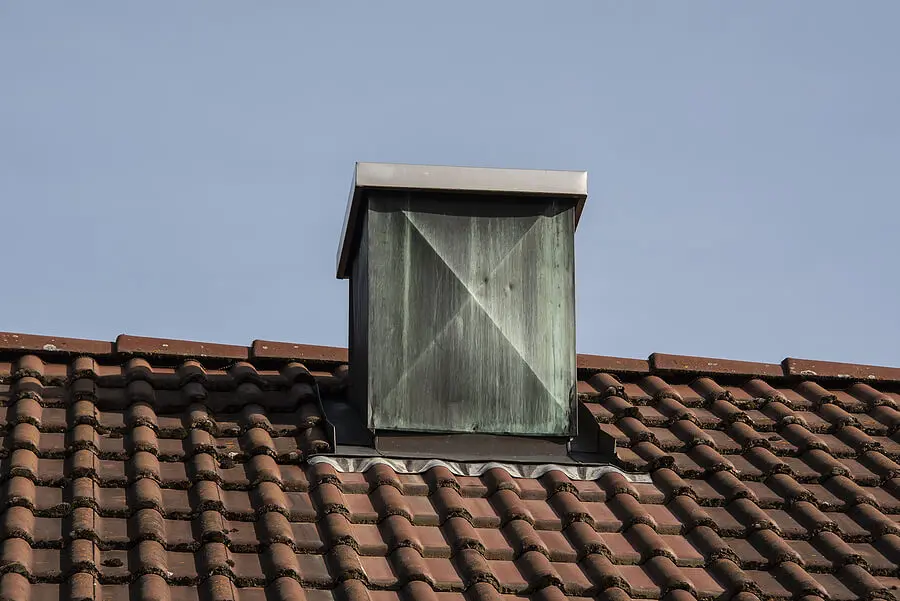Whether you just recently purchased a home with a chimney, had a chimney installed on your existing home, or have enjoyed a chimney for years, you no doubt are aware of how much work actually goes into your fireplace system. There are several components involved in maintaining a properly functioning fireplace, and learning about the various features of a chimney can be a little overwhelming.
One question we get asked frequently is whether chimney caps are necessary. While they aren’t required, we highly recommend you have a chimney cap or schedule a chimney cap installation if you don’t have one. Below, we’ll go over what a chimney cap is, why it’s important to have a chimney cap, and whom to contact if you’re searching for “chimney cap installation near me.”
What Is a Chimney Cap?
To appreciate the purpose of a chimney cap, you first must become familiar with the primary components of your chimney. From bottom to top, the anatomy of your chimney includes the following:
Damper
The damper sits above the firebox in the fireplace. It acts as a valve to allow smoke to flow from the firebox through the exhaust system when open, and it keeps outside air out of your home when closed. It’s operated from inside your home by a handle.
Liner
The liner lives inside the chimney and protects the brick and mortar. These are typically made of stainless steel and aluminum.
Flue
The flue is essentially the chimney’s exhaust system. It lives inside the chimney and is the gateway the smoke travels through when leaving your firebox.
Flashing
Flashing is made of steel, aluminum, lead, or copper, and it’s installed along the base of the chimney where it meets the roof. It acts as a water barrier.
Chimney crown
The chimney crown is a concrete slab covering the brick and mortar on top of the chimney and keeping water out of the structure. It’s usually slightly angled downwards to allow for water runoff.
And that brings us to the chimney cap. It can be easy to confuse the chimney cap with the chimney crown, as they both serve similar functionality purposes, but it’s important to note that they’re not the same thing. Where chimney crowns aren’t optional in chimney installation, chimney caps are — even if we don’t think they should be. The chimney cap rests on top of the chimney and prevents water, debris, and even animals from getting into the chimney. Chimney caps also prevent burning embers from escaping the chimney and landing on the roof.
Three Reasons You Need a Chimney Cap
Chimney caps are a key feature of your chimney system, and the three most important reasons you need a chimney cap installation are:
1) To prevent a fire.
The top reason to have a chimney cap is to prevent a fire. Smoke isn’t the only thing that travels up your chimney flue; burning embers often get sucked up the chimney as well. A chimney cap will catch the embers and prevent them from landing on your roof or trees and shrubs nearby.
2) To keep moisture out.
Rain and moisture are one of the most determinantal elements that can destroy a perfectly good fireplace system. While the chimney crown keeps water out of the structural part of your chimney, chimney caps prevent water from entering the flue. Repairing a water-damaged chimney can cost between $160 and $750, whereas a new chimney cap will run between $35 and $550.
3) To keep animals out.
Animals are always looking for new homes for themselves, especially once it starts to get a little colder. A chimney without a chimney cap is the perfect place for small critters to set up a residence. When animals get into your chimney, they can wreak havoc on the entire structure, which can lead to costly repairs.
Chimney caps might be advertised as an optional component of your chimney system, but we believe they’re actually one of the most important parts of your chimney. If you don’t currently have a chimney cap or need to repair or replace a chimney cap, contact us today for a free estimate. Our team of experts can perform all your roofing needs, especially your chimney cap installation!


